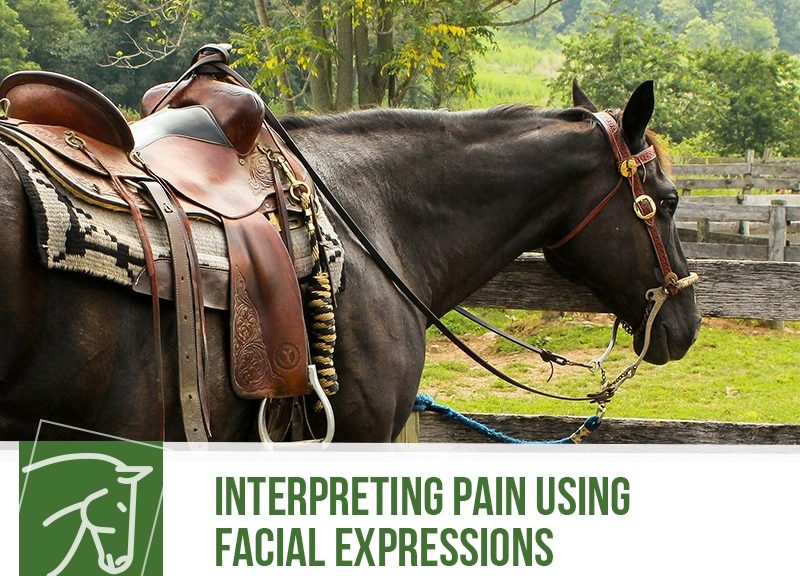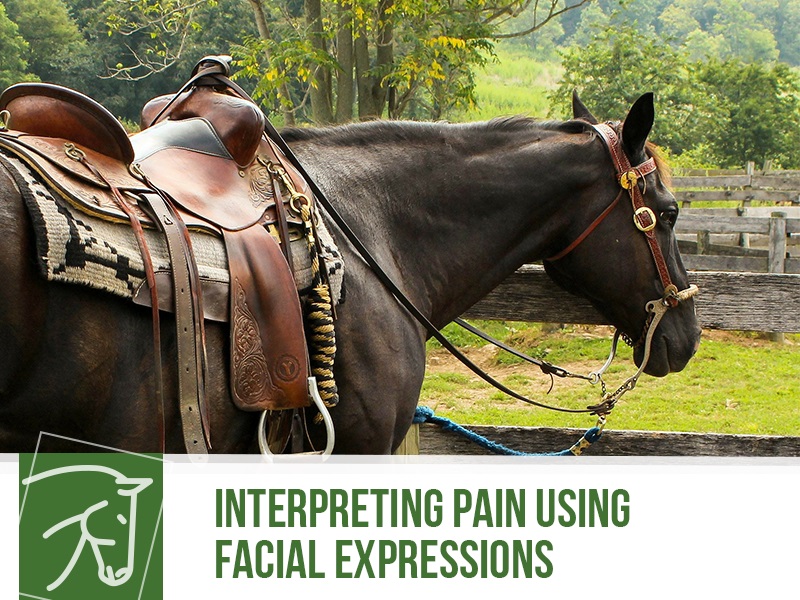Detecting pain responses in our faithful companions as soon as possible is one of the most fundamental ways to ensure that illness is investigated and treated in a timely fashion.
However, detecting pain in animals, especially horses that are being ridden, can sometimes be quite complicated. Research has shown that there is a poor interpretation of pain and lameness in all people involved in horse training. This has the obvious issue that it delays treatment and means that treatable conditions are potentially only detected when treatment is either impossible or much harder.
To simplify identification of pain in horses, research has looked into a promising new direction: facial pain expressions. By looking at how animals react to pain, it may be possible to develop assessment protocols that everyone can use and interpret.
There are certain facial features that might indicate underlying pain such as ears pinned back, eyelids that are partially or completely closed, tension in the muscles above the eye, straining mouth and pronounced chin, strained nostrils and prominent chewing muscles.
Investigation into area has led to the creation of several pain assessment scales with the ultimate goal of making pain assessment as accessible and as accurate as possible, with exciting new developments on the horizon!
Would you like to know more about horses? Check our Equine Courses:

